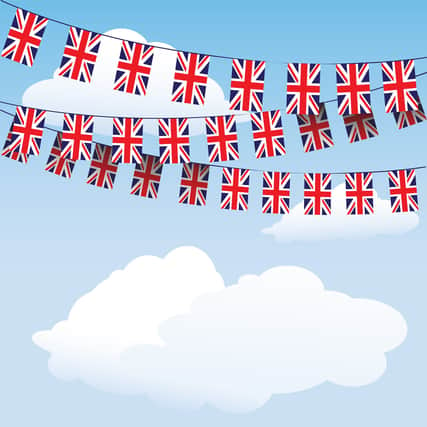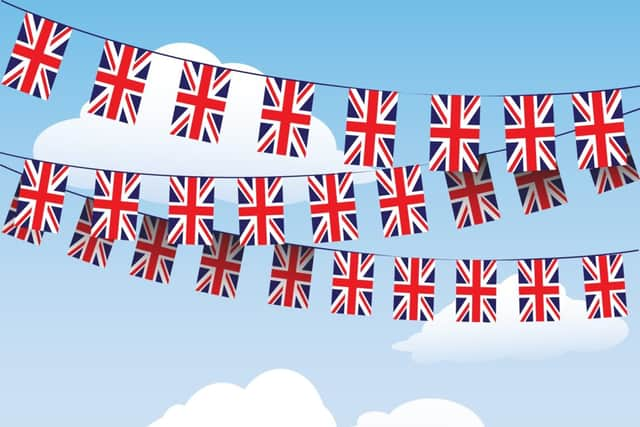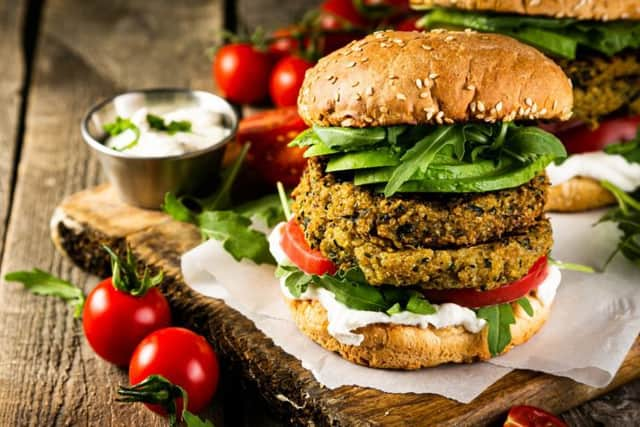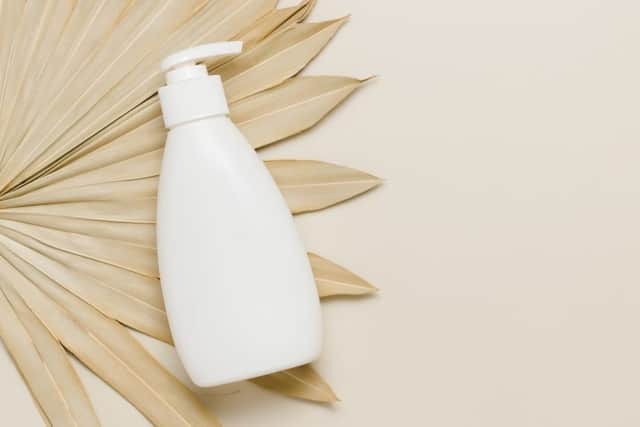Going Green - Let’s go green for the Queen with our jubilee celebrations


Latest article from Angela Terry
Green Green campaigner and consumer expert, Angela Terry, separates climate change facts from fiction and here she explains how you can take simple, practical steps to help save the planet. Follow @ouronehome & visit https://onehome.org.uk/ for more advice.
Q: Can I have a green Platinum Jubilee celebration for the Queen?
A: Yes, go green for the Queen!
Her majesty broke with tradition to say how “irritated” she is by people talking about climate action while not taking it so it makes sense to consider the planet when celebrating 70 years of her reign.
Advertisement
Hide AdAdvertisement
Hide AdAs people prepare for street parties up and down the country, there are so many ways you can make your own event more sustainable.
Here are my tips ...
Avoid disposables
When catering for lots of people outdoors, it’s all too easy to buy a load of disposable plates and cups as well as plastic cutlery.
If possible try to avoid this.
Ask everyone to bring enough bowls, plates, beakers and cutlery for their own household.#
As well as saving money, it’ll cut down on the sacks of rubbish at the end.
Advertisement
Hide AdAdvertisement
Hide AdGet crafty with the decorations
As soon as you see a balloons, you think of parties and fun.
Sadly, the truth is they’re not kind to the planet.
Many manufacturers market balloons made from rubber or latex – derived from the sap of tropical trees – as “eco-friendly” or “natural”.
But they still don’t biodegrade easily.
Australian scientists found they are incredibly slow to break down and pollute the natural world by posing a
serious health risk to birds and other wildlife.
When it comes to bunting the ready-made plastic variety is best avoided.
Advertisement
Hide AdAdvertisement
Hide Ad

If there are kids coming to your do, get them all together to craft their own bunting using a washing line, some scrap paper and also some felt tip pens or paints.
It’ll mean so much more than anything shop bought.
Make your own food
Try to avoid pre-prepared salads and ready-made dishes packaged in plastic.
For catering organise a potluck where each household brings one dish for a buffet.
Avoid food waste
In the UK we bin 6.5 million tonnes of food each year, of which 4.5 million tonnes is still edible.
What a waste of money!
It’s also a huge amount of unnecessary carbon emissions.
Advertisement
Hide AdAdvertisement
Hide AdHave lots of jam jars and containers on hand, so people can take any leftovers home.
Label your bins
It’s a good idea to organise some big bins for your event and have them clearly marked, showing which are for glass, paper or other rubbish.
That way, recycling should be separated the right way for your local council.
Appoint a clean-up committee
Arrange for a group of you to take charge of the clean-up to ensure that all of the rubbish is disposed of correctly and the street is left clean and is left tidy.
Advertisement
Hide AdAdvertisement
Hide AdCelebrity spot
Good Morning Britain’s weather expert, Laura Tobin has written a fab book and it is called Everyday Ways to Save our Planet.


With more than 200 practical tips on things that you can do to go green, it also explains the climate crisis in a clear and accessible way.
The book starts with a letter the TV meteorologist penned to her four-year-old daughter, apologising for the fact things have been left to get so bad, but with hope for the future if we all do our bit.
Green swap


Swap beef burger for plant-based one.
Meat products are linked to deforestation.
They also have a bigger carbon footprint than meat-free counterparts.
Advertisement
Hide AdAdvertisement
Hide AdNew generation of plant-based burgers now widely available, try Moving Mountains or Tesco’s own version.
How to choose the right eco-friendly sun cream
Staying in the shade, wearing hats and covering up are great ways to avoid sun damage.
But as the world heats up and hot spells become common in the UK, we’re all going to be using more sun screen.
When it comes to skin cancer and ageing, the dangers of the sun’s rays mean we need to heed the Australian advice of “Slip, Slop, Slap”.
Advertisement
Hide AdAdvertisement
Hide AdThat is slipping on a shirt, slopping on the sun cream and slapping on a hat.
Unfortunately a lot of typical sun cream ingredients are bad for the planet.
Here is my advice for helping you choose the most sustainable options:
Choose mineral over chemical


There are two kinds of sunscreen – chemical and mineral.
Most of the sunscreens you buy in supermarkets and chemists are chemical-based.
Advertisement
Hide AdAdvertisement
Hide AdThis kind of sunscreen works by absorbing the sun’s UV light into the skin.
It then uses chemical reaction to change it into heat and release it.
On the other hand, mineral sunscreens sit on the skin’s surface and physically block the sun’s rays.
Usually based on zinc oxide or titanium dioxide, they are better for the environment.
Fact or fiction
You should turn off a light whenever you leave a room.
Yes!
Why pay to light an empty room and waste energy?
Advertisement
Hide AdAdvertisement
Hide AdThe average household could save £20 a year just by getting everyone to switch off the light when leaving a room.
Help marine life
The main problem with chemical sunscreens is that their ingredients pollute the seas and the watercourse, harming fish and sea life.
They’re banned in Hawaii due to the damage they inflicted on the coral reefs, fishes, sea urchins and seals.
Thailand has also banned their use in all its marine parks. This is why you see sunscreens marked “reef safe”.
Advertisement
Hide AdAdvertisement
Hide AdEven if you aren’t swimming in a tropical sea where there are coral reefs, it’s better to opt for mineral sunscreen.
Chemical sunscreen damages marine life – including dolphins and turtles – in all kinds of seas, including the Mediterranean.
The chemicals also end up in our own watwer system when we shower them off at home.
Avoid the worst ingredients
As things stand, the term ‘reef safe’ isn’t regulated.
So, when buying sun cream, the thing to do is look at the ingredients list.
Advertisement
Hide AdAdvertisement
Hide AdOxybenzone and octinoxate are the things you most want to avoid.
Make a positive choice
In terms of eco-friendly products, Organii offers sunscreens suitable for families, kids and sensitive skins.
On the high street, Holland & Barret has banned chemical sunscreens and its own brand is both pocket and planet-friendly.
Alternatively, look out for Hawaiian Tropic’s Mineral Milk.
For previous articles visit:
Advertisement
Hide AdAdvertisement
Hide AdAdvertisement
Hide AdAdvertisement
Hide Ad